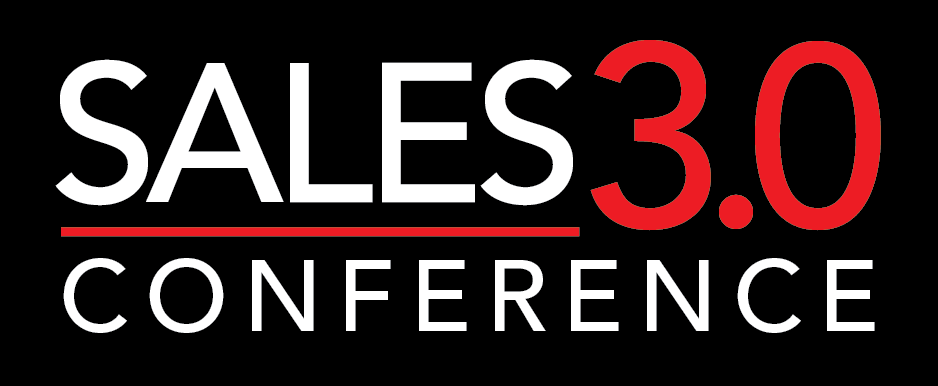Take a second to think about your email inbox.
It’s crowded, right?
It’s called digital pollution: The onslaught of content that’s shared every day over email, social media, and other digital channels that drive frustration, confusion, anxiety, and fear. It can be experienced anywhere we operate online and reduces trust, transparency, and bonding. Digital pollution has made us skeptical about the messages we receive, which makes it difficult to filter through what’s meaningful to us, and what’s just more noise.
And for those of us who are actually trying to connect on a personal level – whether through email, text, LinkedIn, CRM, or any other form of digital communication – it’s becoming a problem. Your messages are being ignored, mistrusted, and misunderstood, making it difficult to connect with your prospects and customers.
So how do you break through the digital noise?
Human-centered selling – or the psychology of selling through video (as well as other human-first approaches).
In this article, you’ll learn what human-centered selling is, three specific examples in different parts of the sales funnel, and access to a structured framework you can use right away.
The Human-Centered Selling Process
“Selling through video” doesn’t mean sending overly-produced marketing videos. I’m talking about replacing some of your faceless, text-only messages with simple, personal video messages.
Julie Hanson, a keynote speaker and author, told me “You are your greatest selling tool. Your mind, your voice, your physicality. And most sales are still won and lost by human beings.”
Yet most sales pros still rely heavily on communication methods that don’t highlight their best sales asset: themselves. Face-to-face selling is most effective, but not much of an option lately. A video conference meeting is the next best approach, but it requires you to get prospects’ attention and build their trust for them to accept that meeting.
So what about when you’re not face-to-face? A video message can be as personal, effective, and engaging as an in-person meeting, but more convenient because they can watch your message when it works for them. You don’t have to agree on a time to meet to get the benefits of being human-centered. Plus, your message can easily be forwarded to other stakeholders.
A video isn’t necessary for every sales touchpoint, but there are certain moments along the customer lifecycle where being intentionally human-centered can yield more responses, get you more at-bats, and close more opportunities. Here are three such examples.
Cold outreach
Is it hard for you to connect with decision-makers when outbounding? It makes sense. They get hundreds of messages every day. So if you want to break through the digital pollution, try this: Speak like they do. Use words from their website, their LinkedIn bio, or something they said on a podcast.
Here’s an example of how that worked for me. I love podcasts. When I heard an episode I liked, I sent the host a simple video message. I showed gratitude by sharing what I learned in the episode, and I used the language they used.
I was never selling anything upfront. I was gaining trust. The result? I got an 82% response rate.
These were the country’s top podcast hosts – who happen to be CEOs, sales leaders, CMOs, and authors – and I got a response 4 times out of 5.
You can use this strategy with webinar hosts, keynote speakers, authors, or anyone you want to reach out to.
Sending a proposal
When it’s time to send the proposal or contract, there’s no worse time to be mistrusted or misunderstood. Simply sharing the PDF doesn’t convey any of the excitement and personality that got you here.
Instead, share a screen recording video walking your prospect through the document. Here’s why this works:
- You can highlight important sections they should pay attention to.
- They can share your video with other stakeholders.
- Explaining the contract on camera adds a human element to one of the most uneasy steps in the process.
Adding this little human touch to your proposal is a simple and effective way to make the buying process smoother for your customer.
Customer outreach
Persuasion isn’t just about pitching your product to leads. At the beginning of the COVID-19 pandemic, one of our BombBomb users named Melissa simply reached out to her existing customers asking how they were doing.
In her videos, she was incredibly authentic. You could see in her eyes and hear in her voice that she was genuinely curious about their well-being.
Then, she provided value with a new content piece she thought would be helpful. And since that value was free, ungated, and came up after her genuine introduction, it was very well received.
Now, if you’d like to see three proven frameworks for human-centered selling, watch this presentation I recently gave during the Sales 3.0 Conference. You’ll see exactly what to say in your video messages, as well as how and when to say it for the best results.

This article was written by Steve Pacinelli, CMO at BombBomb and co-author of the #1 Best Selling Book Rehumanize Your Business. Connect with Steve on LinkedIn Here.




